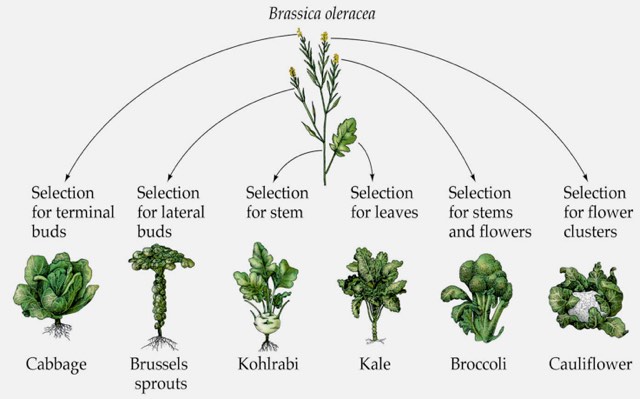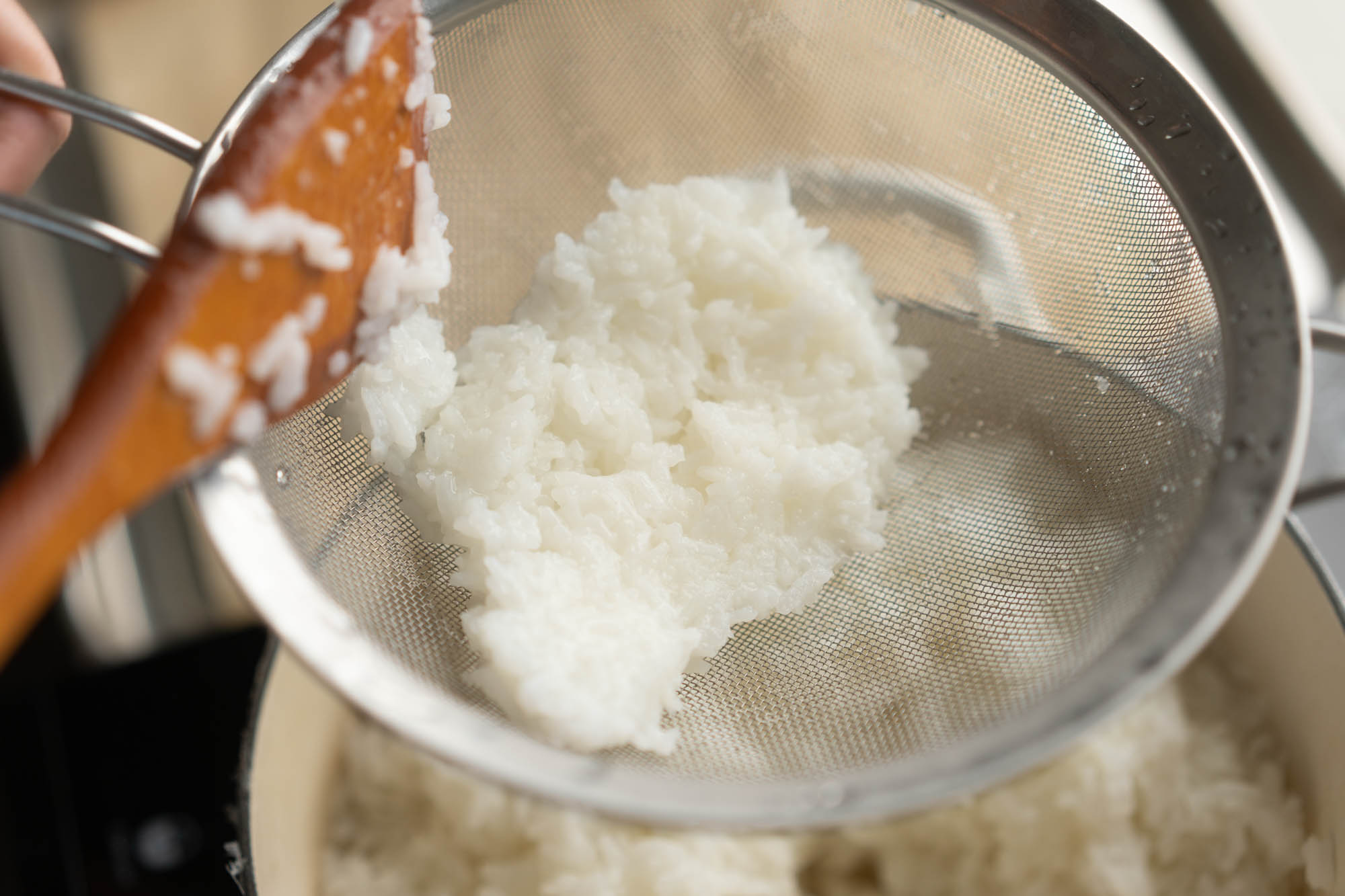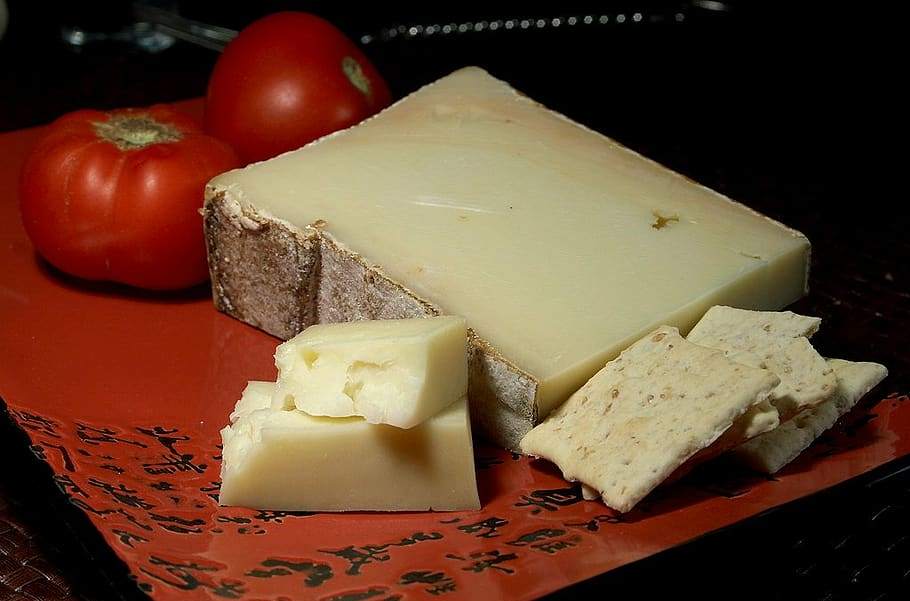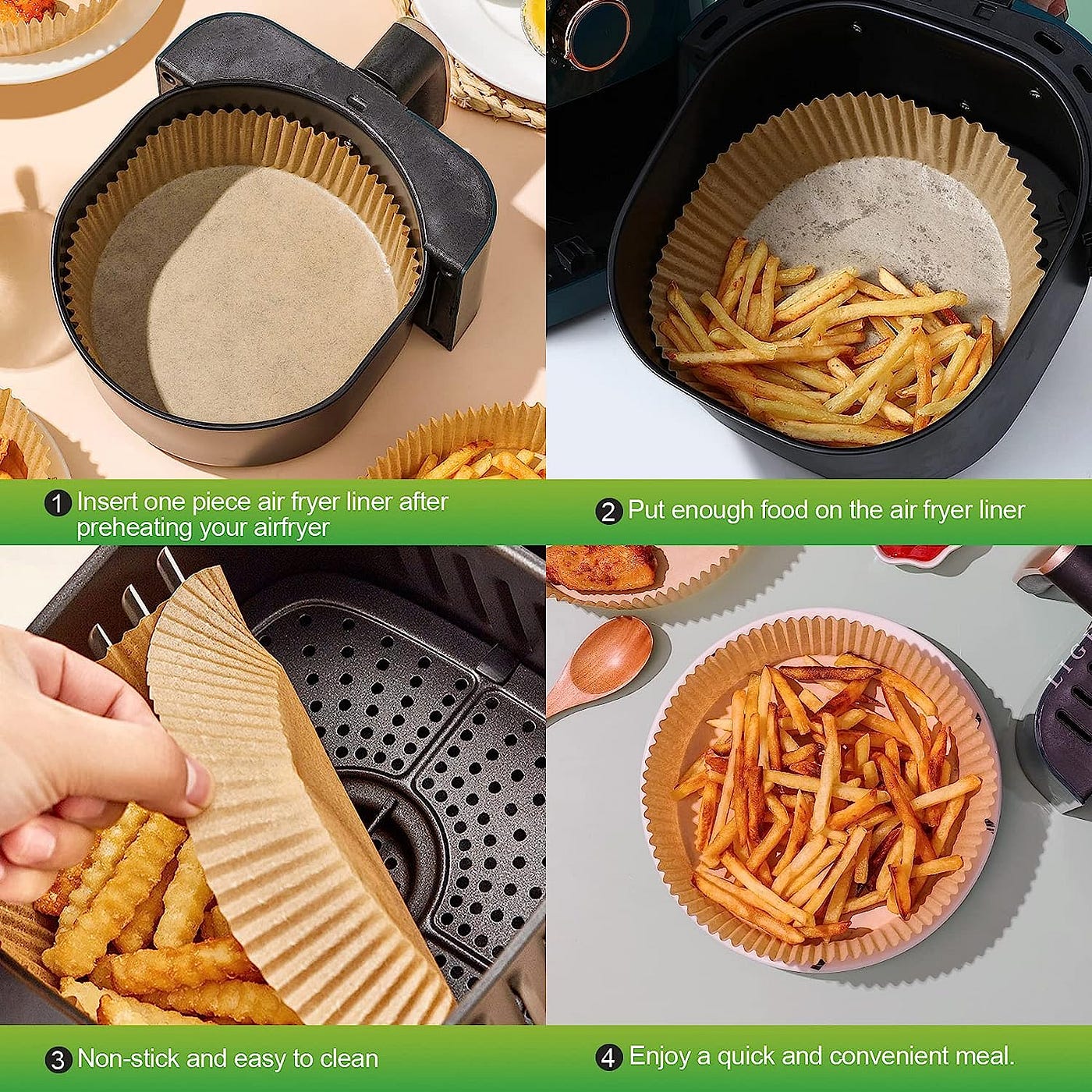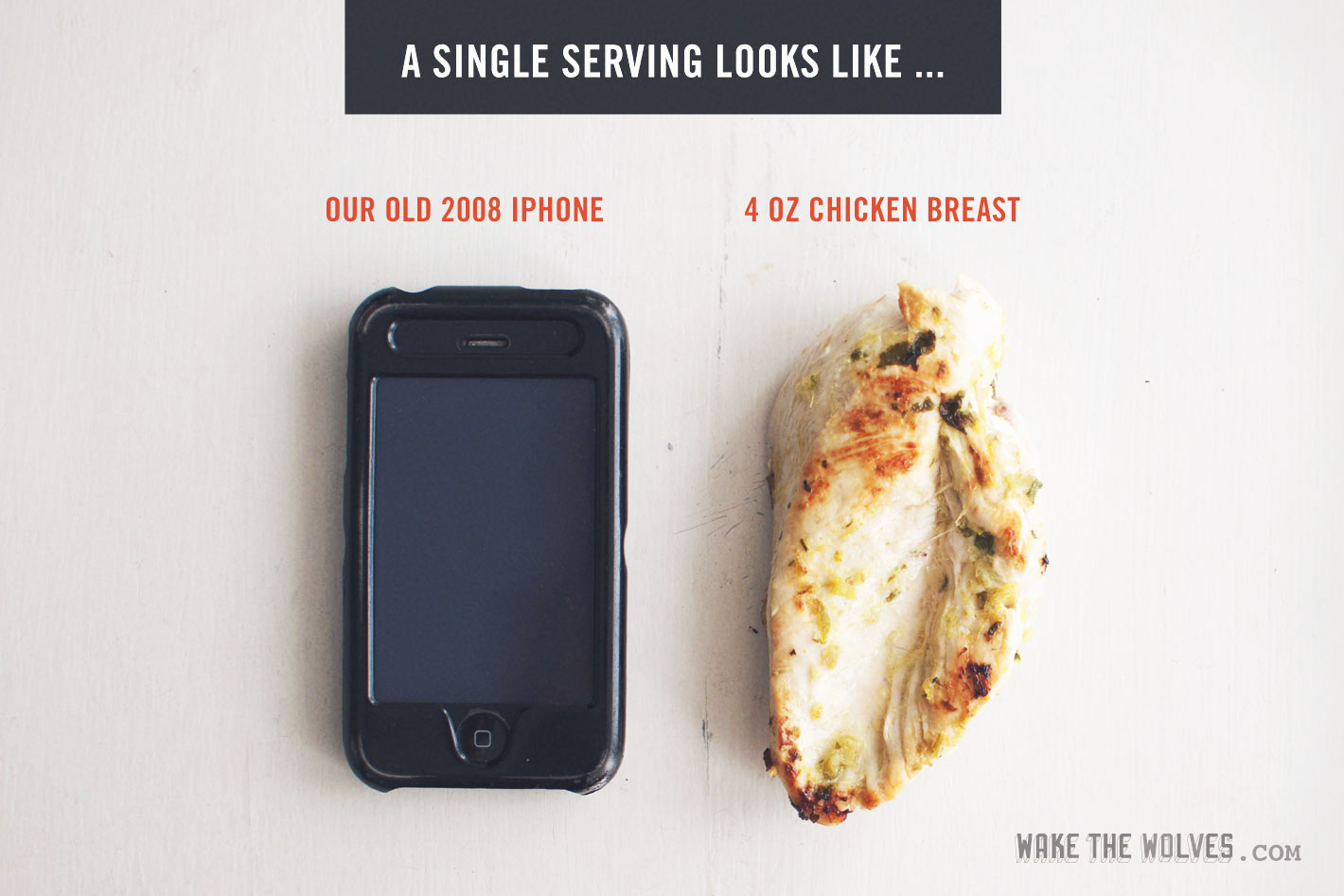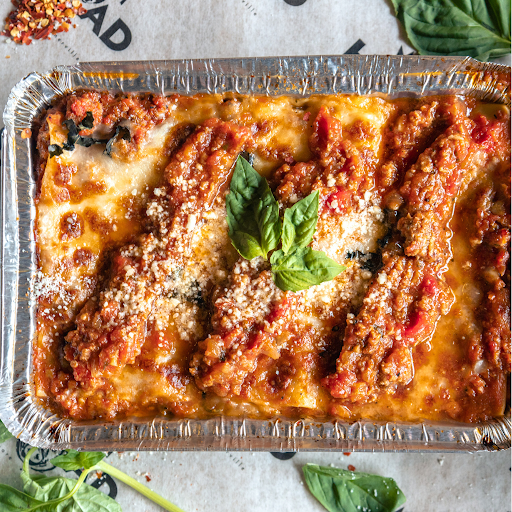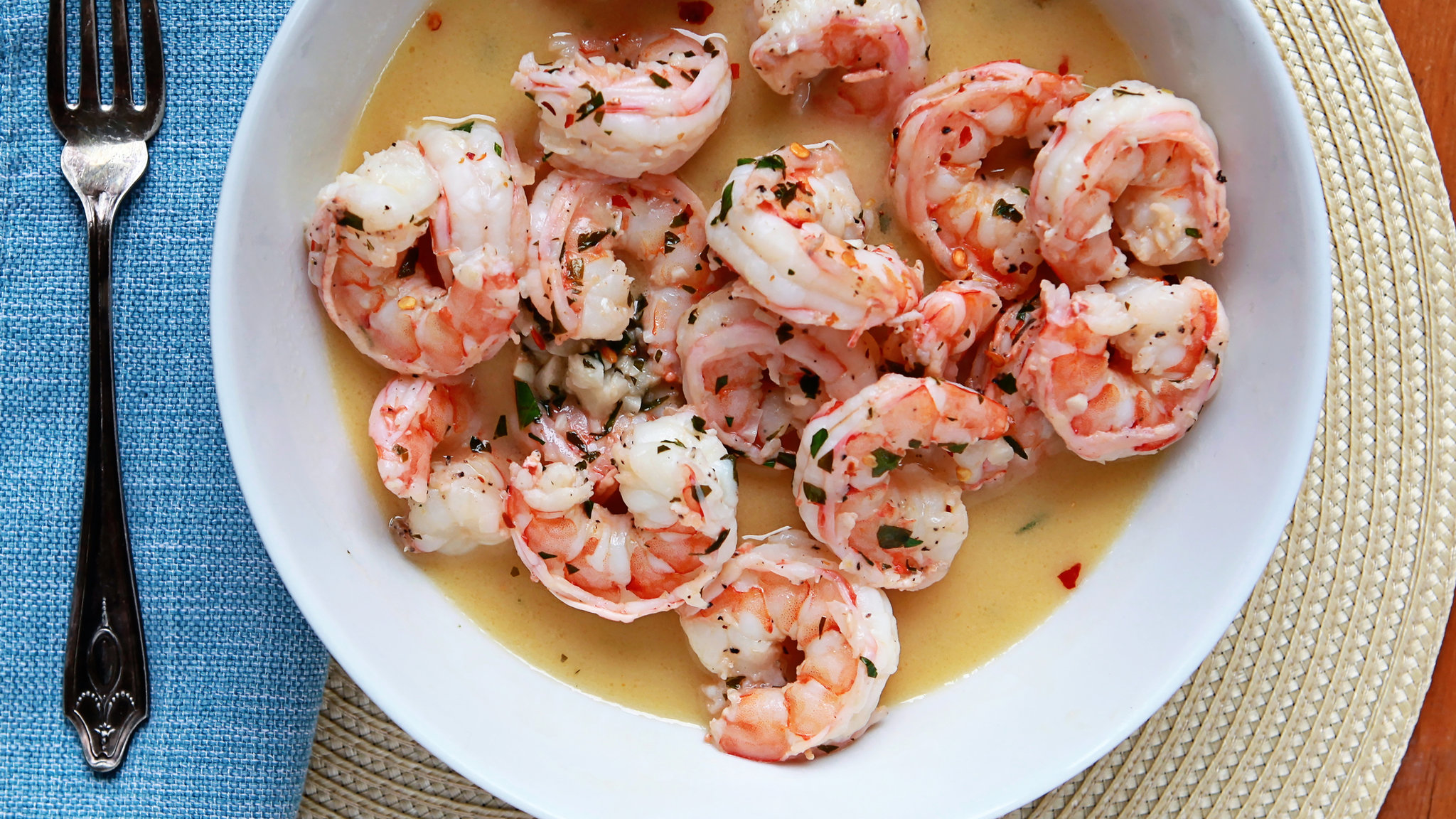– Thick slices of bread can be used to fix slightly overcooked or mushy rice by absorbing moisture.
– To use bread slices, drain out as much water from the rice as possible.
– Place the rice back in the pot on low heat and add two to three slices of bread on top.
– Close the lid and let the rice cook for a minute or two, allowing the bread to soak up the moisture.
– Remove the pot from the stove and let it sit with the bread on top for up to five minutes.
– Remove the bread slices and fluff the rice before serving.
– The microwave can be used to remove moisture from slightly soggy rice.
– Transfer the rice to a microwave-safe bowl and microwave it at a high temperature without the lid, checking it every 30 seconds.
– Place mushy rice in the fridge to remove moisture by spreading it on a baking sheet and cooling it for 30 minutes with parchment paper covering it.
– Check if the moisture has dried out and microwave the rice to reheat before serving.
– Repurposing mushy rice is an option if the texture is unsalvageable. The first method is to make fried rice by draining the rice, rinsing it, and then frying it until crispy.
– Another suggestion is to use mushy rice in soups such as hot-and-sour, chicken and rice, and minestrone.
– The article also recommends mixing the overcooked rice into meatballs as a filler.
– Mushy rice can also be used to make rice pancakes or fried rice cakes.
– Another option is to make rice pudding by cooking the rice with milk, sugar, and vanilla.
– Lastly, mushy rice can be transformed into congee or Chinese rice porridge by adding it to boiling water and seasoning with salt, soy, scallions, and ginger or garlic.
– Rice can become mushy, soggy, and overcooked if the balance between rice and water is off.
– Main causes of mushy rice are using too much water, not washing the rice before cooking, and cooking the rice for too long.
– To fix slightly overcooked rice in the oven: drain excess water, rinse rice under cold water, spread it on a baking sheet, and heat in a preheated oven at 350°F for 5 minutes or longer if needed.
– To fix mushy rice with salt: place a small sauce bowl filled with salt in the pan of rice, and the salt will absorb the extra moisture.
– Rice cooked in a rice cooker can also become soggy. To fix it, pour out excess water and turn the rice cooker back on to a low-power setting to evaporate the moisture.
Continue Reading
